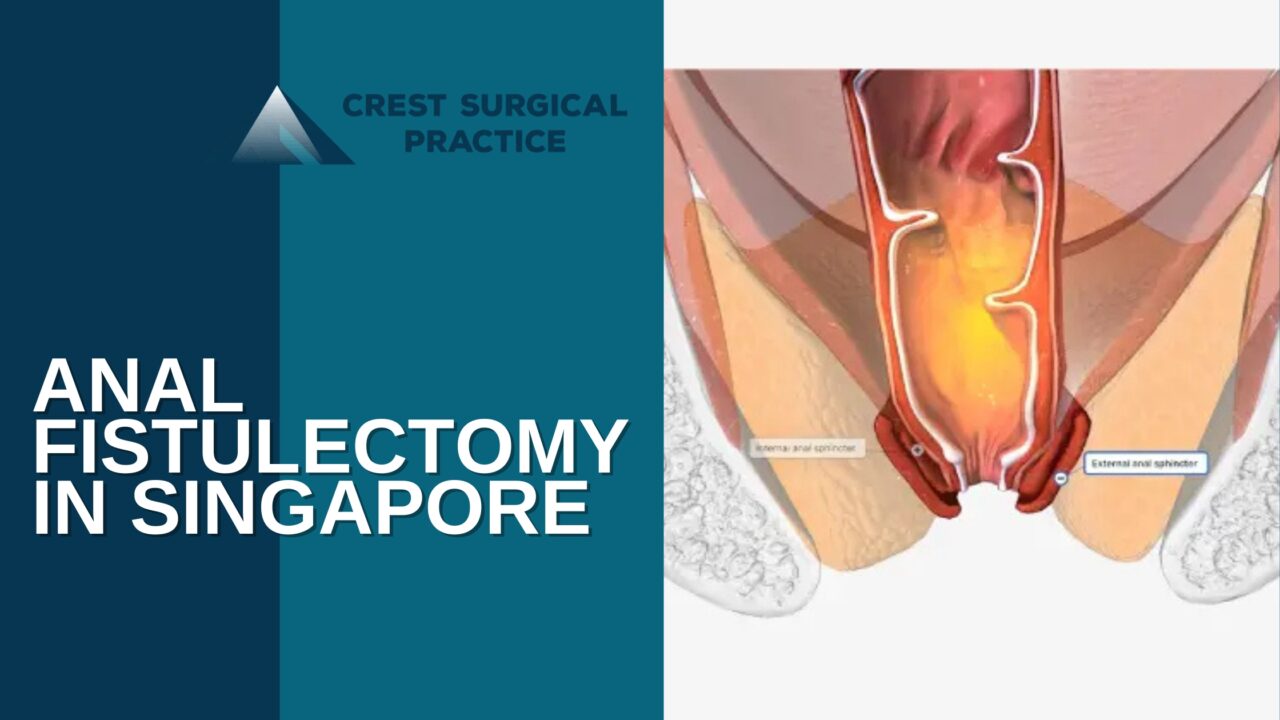An anal fistula is a small tunnel that forms between the inside of the anus and the surrounding skin, often caused by an infection in the anal glands. This condition can lead to discomfort, swelling, and drainage. While mild cases may respond to conservative treatments like antibiotics or sitz baths, some require surgical intervention for long-term relief. One of the most effective procedures for addressing this issue is anal fistulectomy in Singapore. This article provides an overview of the condition, treatment options, and recovery expectations.
What Is Anal Fistulectomy?
Anal fistulectomy is a surgical procedure designed to treat anal fistulas by removing the fistula tract and surrounding infected tissue. The primary goal of this surgery is to eliminate the infection source and prevent recurrence, offering lasting relief.
When Is Anal Fistulectomy Necessary?
While not every anal fistula requires surgery, persistent symptoms like pain, drainage, or repeated infections often necessitate surgical treatment. When antibiotics or other non-invasive approaches fail, an anal fistulectomy Singapore can help prevent complications such as chronic infections or abscesses.
Types of Anal Fistulectomy Procedures
The choice of procedure depends on the fistula’s complexity and location. Common surgical methods include:
-
Traditional Fistulectomy: In this approach, the surgeon makes an incision over the fistula tract, removes the infected tissue, and either leaves the wound to heal naturally or closes it with stitches.
-
Seton Technique: For more complex fistulas, a surgical thread called a seton is placed in the fistula tract to facilitate drainage and healing before the full removal of the tract.
-
Laser Fistulectomy: This minimally invasive method uses a laser to remove the fistula tract, reducing tissue damage and promoting quicker recovery.
The Treatment Process
Before surgery, your doctor will evaluate the fistula using imaging techniques like MRIs or ultrasounds to determine the best approach. The procedure is typically performed under general or regional anaesthesia to ensure patient comfort.
During the surgery, the infected tissue and fistula tract are carefully removed, and any abscesses are treated. Depending on the complexity, the wound may be left open to heal or closed with sutures.
Recovery and Post-Surgical Care
Recovering from an anal fistulectomy usually takes a few weeks, although complete healing may take 6-8 weeks. During this time, patients might experience mild discomfort, swelling, or difficulty sitting. Following these tips can help ensure a smooth recovery:
-
Adhere to Post-Operative Instructions: Follow your surgeon’s advice regarding wound care, medication, and follow-up visits.
-
Eat a High-Fiber Diet: A fiber-rich diet can prevent constipation, making bowel movements easier and reducing strain on the healing area.
-
Avoid Straining: Refrain from heavy lifting, prolonged sitting, or activities that put pressure on the anal region.
Advanced Care in Singapore
At Crest Surgical Practice, anal fistulectomy is performed using advanced techniques to minimize discomfort and support faster recovery. If you’re experiencing symptoms of an anal fistula, it’s essential to consult a specialist to explore the most suitable treatment options.
For expert care, call +65 6908 9800 to schedule an appointment with a trusted surgeon and take the first step toward lasting relief.



